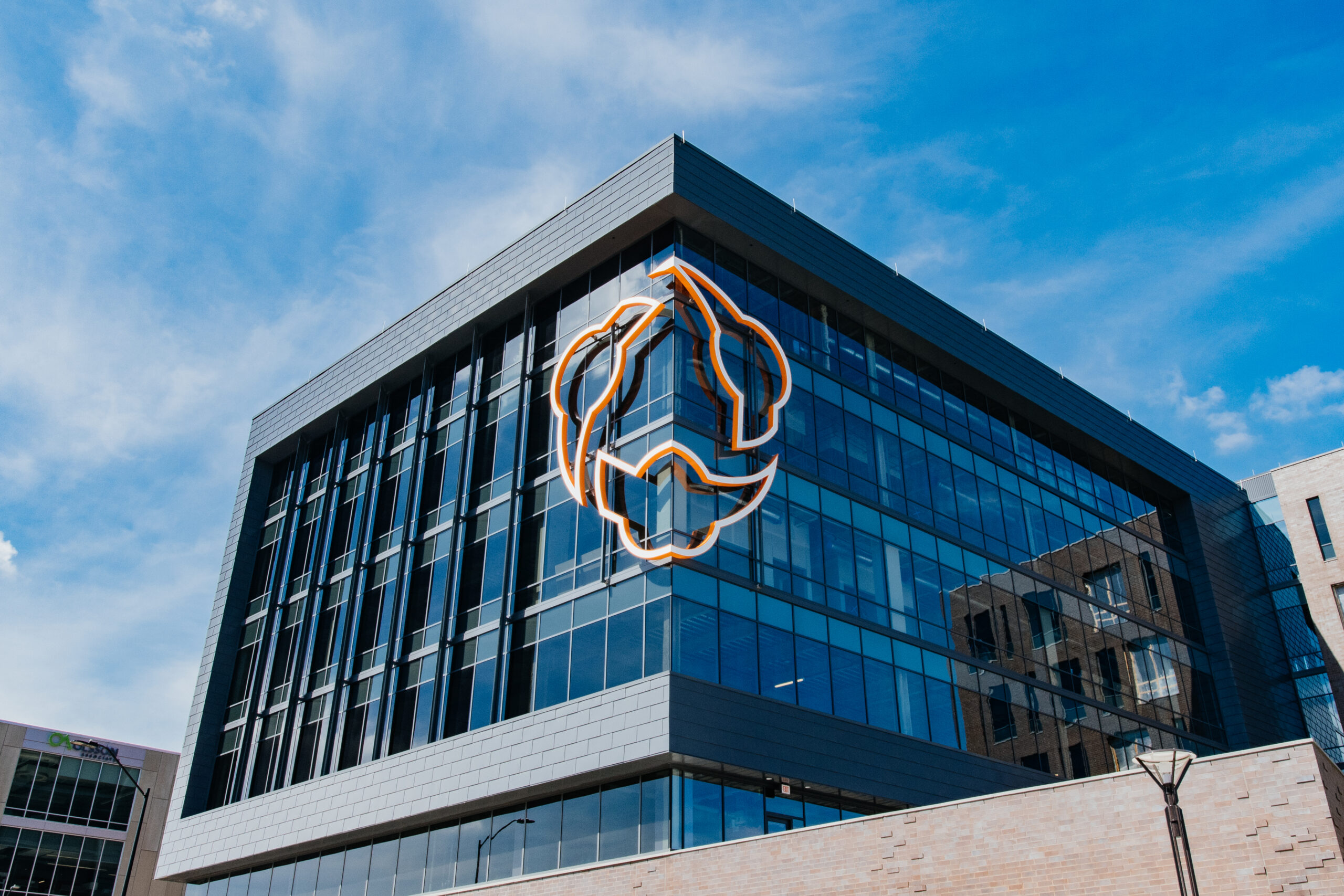The talent problem is a multidimensional problem that continues to be portrayed as if it was a single dimensional problem.
Job Openings + Job Seekers = Employment
But this is not true. Simply put, there are not enough people with the needed skills to fill high-end employment opportunities.
The solution has always been to hire more people as if there is an endless supply of job seekers. Maybe there once was, but there isn’t anymore. Let’s explore this solution using a finite number say 1000 people with the requisite skills – call them job seekers. Company A has 100 openings that leaves all other companies with 900 job seekers available. Let’s say there are 9 other companies that employ 100 people as well. This accounts for the remaining 900 workers leaving us with zero. With zero job seekers available growth is difficult without pulling resources from somewhere else – newly trained local, job seekers entering the market or from other communities.
This math is the heart of the problem today. There are not enough job seekers with certain skills in the country. For example, the Bureau of Labor Statistics (“BLS”) has stated that the United States will be short 1.4 million information technology and software workers by 2020. These are high skill, high pay jobs.
Finding good people is the biggest problem facing all companies in today’s landscape in every community. With a 3% unemployment rate across the nation and more jobs than job seekers, we essentially have two indicators that suggest the labor market is being squeezed dry. This isn’t a sustainable pattern for long term community viability.
A long-term solution requires attracting resources from communities with excess supply, growing the existing capacity of a community, and reallocating existing resources. Since no community has an excess supply of talent currently, attraction will have limited effects even under perfect conditions. This moves growth and reallocation higher up the ladder of importance.
Realigning resources or repurposing is often considered and applied – but to far too small a group. Part of this is the basic structure, 1) individual makes the decision to upskill, 2) individual finds classes and enrolls (paying tuition most of the time), 3) 12-36 months later, individual graduates and has great new job. Three problems: identifying the need, paying to be trained, and the time.
Individuals think about reinventing themselves when they get laid off, have a horrible boss, or see opportunity in a different field. Many companies promote individuals to new positions and pay for career training to help the organization succeed. But, this small step process has helped create the problem of too few workers because it is seen as a small solution to a small problem – not a community wide problem and solution.
What if companies acted in a similar manner so that the community could succeed and what would that look like? It would look a lot like it does today – scholarships, tuition reimbursement, educational grants – but on a much larger scale.
Growth requires creating value where it didn’t exist before. The same can be said for reallocation. Reallocation creates value by moving resources from areas of surplus to areas of demand. This happens naturally but is currently an agonizingly slow process because reallocation lacks the resources and metrics to validate the process as a front-line strategy. To illustrate this point, we look to salary data from the BLS.
The average salary for Office and Administrative Support position in Nebraska is $35,657. The average salary for computer and mathematical occupations is $69,503 – nearly double. Most people would switch positions provided they had the skills and the smarts for the position. So, they return to school and get a degree (or a second degree) which takes time and money. After a few years, they successfully get an upgrade in salary, the company fills a need and grows, and the community increases its tax base which allows for improvements in community things like roads. Everybody seemingly wins, but this transition is currently up to the individuals to bare the financial burden, the time burden, and the transition costs. Why? Because it is conceptually portrayed as one dimensional – a benefit for only the individual, not as a multidimensional increase in value for the individual, their family, the company, and the community.
In order to solve community problems like the talent problem requires a multidimensional focus. It screams for collaboration by all the interested parties; individuals, corporations, educational institutions, and the greater community. No one group owns the problem and no one group can solve it. The burden shouldn’t rest on the individual alone because the benefits extend to the community at large. What if the community or companies or both funded the transition of 400 people from an average wage of 36,000 to 70,000 dollars per year? The direct cost difference is an extra 13.6 million in wages. But the expected economic impact more than doubles from one type of job to the other.
The difficulty isn’t in calculating the benefits from such an endeavor. The real challenge exists in distributing the costs and crafting a multidimensional solution to a multidimensional problem. The Silicon Prairie should be leading this effort to re-skill America not hoping individuals will buy-in to the current structure.




